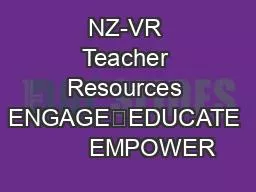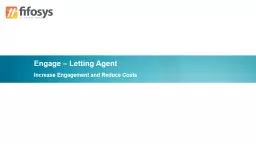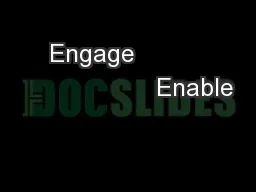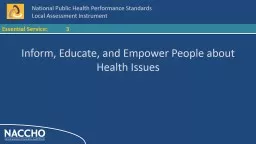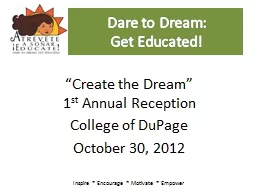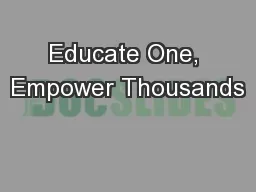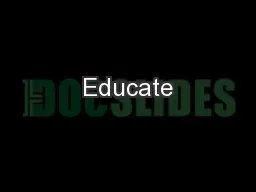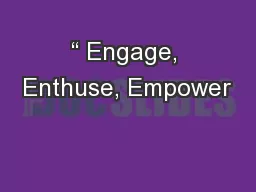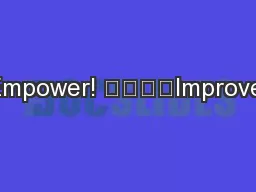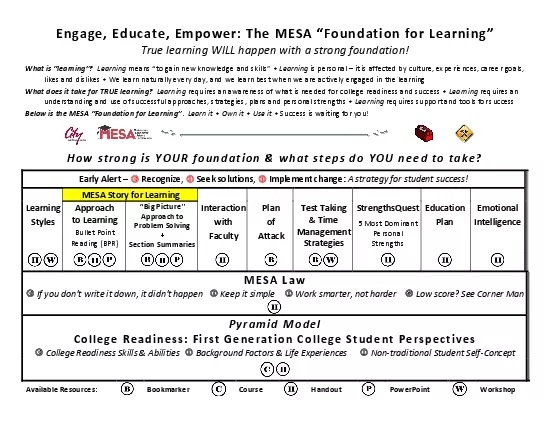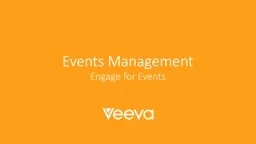PPT-NZ-VR Teacher Resources ENGAGE EDUCATE EMPOWER
Author : bikershobbit | Published Date : 2020-10-06
FISHING LESSON 2 NZ Marine Ecosystems Food Webs SECONDARY SCHOOL Explore You are about to go on a virtual expedition around four very different marine locations
Presentation Embed Code
Download Presentation
Download Presentation The PPT/PDF document "NZ-VR Teacher Resources ENGAGE EDUCATE ..." is the property of its rightful owner. Permission is granted to download and print the materials on this website for personal, non-commercial use only, and to display it on your personal computer provided you do not modify the materials and that you retain all copyright notices contained in the materials. By downloading content from our website, you accept the terms of this agreement.
NZ-VR Teacher Resources ENGAGE EDUCATE EMPOWER: Transcript
Download Rules Of Document
"NZ-VR Teacher Resources ENGAGE EDUCATE EMPOWER"The content belongs to its owner. You may download and print it for personal use, without modification, and keep all copyright notices. By downloading, you agree to these terms.
Related Documents

